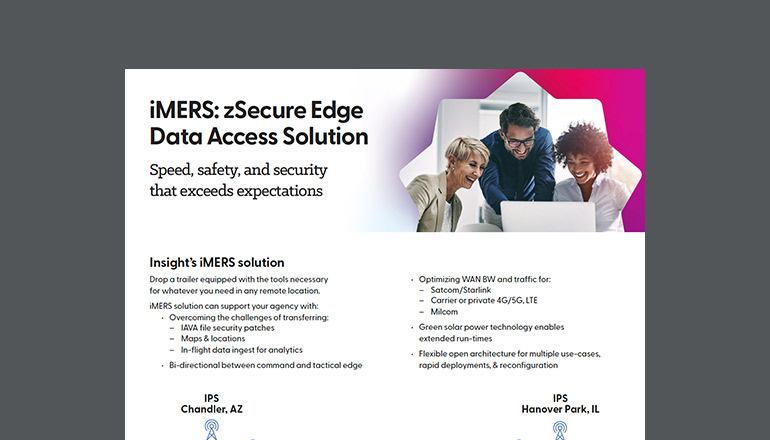A major jump forward
In May, Intel revealed the Xeon Processor Scalable family, calling it “the biggest platform advancement in this decade.” During a live demonstration at the 2017 SAPPHIRE NOW conference, the new Intel processor, running in-memory SAP HANA workloads, showed 1.59x higher performance over the previous generation of processors.
This comes at a critical time, when more organizations are depending on High-Performance Computing (HPC) to meet the demands of data-intensive workloads associated with emerging technologies such as artificial intelligence, machine learning and virtual reality. Organizations are also looking for ways to quickly synthesize and analyze large data sets in real time to support better business decisions.
In a May editorial , Lisa Spelman, vice president and general manager of Intel Xeon products and data center marketing, outlined some of the new platform’s most notable features.
“The Scalable family provides the foundation for the next generation of cloud infrastructure to fuel applications as wide-ranging as analytics, artificial intelligence, autonomous driving, high-performance computing and network transformation,” she says. “As we have with every generation of Intel Xeon processor delivery, the Scalable family will also feature breakthrough performance, security and agility.”
According to Intel, the Xeon Processor Scalable family will provide workload-optimized performance across compute, network and storage. It will also be capable of handling more diverse workloads. Spelman reports users could see performance gains of up to 3.9x higher scalability for virtualized workloads compared to widely used systems in current data centers.
Re-architected from the ground up
A June 15 blog post by Akhilesh Kumar, a principal engineer on Intel’s data center processor architecture team, provided some insight into how the revolutionary architecture developed for the Xeon Processor Scalable family makes this accelerated performance possible.
“The Intel Xeon Scalable processors implement an innovative ‘mesh’ on-chip interconnect topology that delivers low latency and high bandwidth among cores, memory and I/O controllers. … By providing a more direct path than the prior ring architectures and many more pathways to eliminate bottlenecks, the mesh can operate at a lower frequency and voltage and can still deliver very high bandwidth and low latency,” writes Kumar.
“The new architecture of the on-chip interconnect with a mesh topology provides a very powerful framework for integration of various components — cores, cache, memory and I/O subsystem. … This innovative architecture enables performance and efficiency improvements across the broadest variety of usage scenarios and provides the foundation for continued improvements,” he adds.
What it means for business
The Intel Xeon Processor Scalable family will enable more versatile, efficient and cost-effective server platforms than anything previously available. That’s good news for innovative organizations that are already pushing the boundaries of their current IT infrastructure limits — and demanding more powerful solutions.
However, many organizations are still relying on legacy data center technology. This often stems from security concerns or just plain old resistance to change. But failure to modernize after the introduction of these next-generation servers won’t be an option in the growing digital economy for businesses that don’t want to be left in the dust.
Budgeting and planning for a server refresh as part of managing your IT lifecycle limits disruptions, prevents legacy systems from becoming a security liability and ensures you have the scalability and agility to handle whatever business needs might come your way.
Making the processor family more accessible
Completing a refresh of data center systems is no easy task by any stretch of the imagination. But according to Spelman, Intel is working to make the innovative technology easier for organizations to adopt.
“This new platform … builds on the exhaustive work we’ve been doing with the ecosystem over the past decade to ensure a choice of fully optimized, easy-to-deploy solutions in the marketplace. We are working closely with our Builders ecosystem to create a wide range of workload-optimized solutions that will take full advantage of the new capabilities and performance of the Intel Xeon Processor Scalable family,” she says.
Spelman adds, “We believe the Intel Xeon Processor Scalable family … will be a catalyst for organizations to modernize their data centers, offering much greater flexibility and choice in how data center technologies are adopted and deployed, and reducing complexity and test and validation overhead.”







